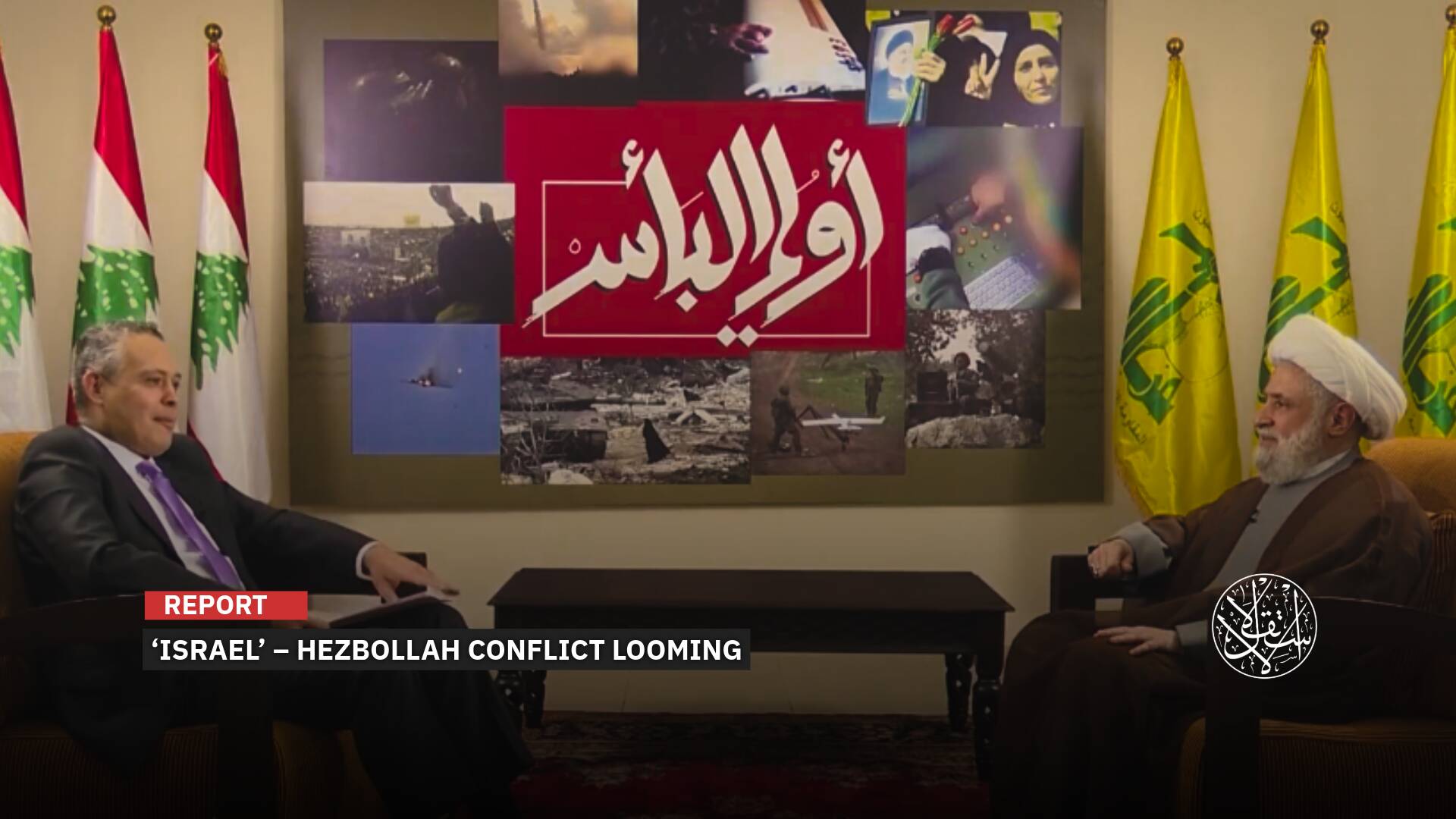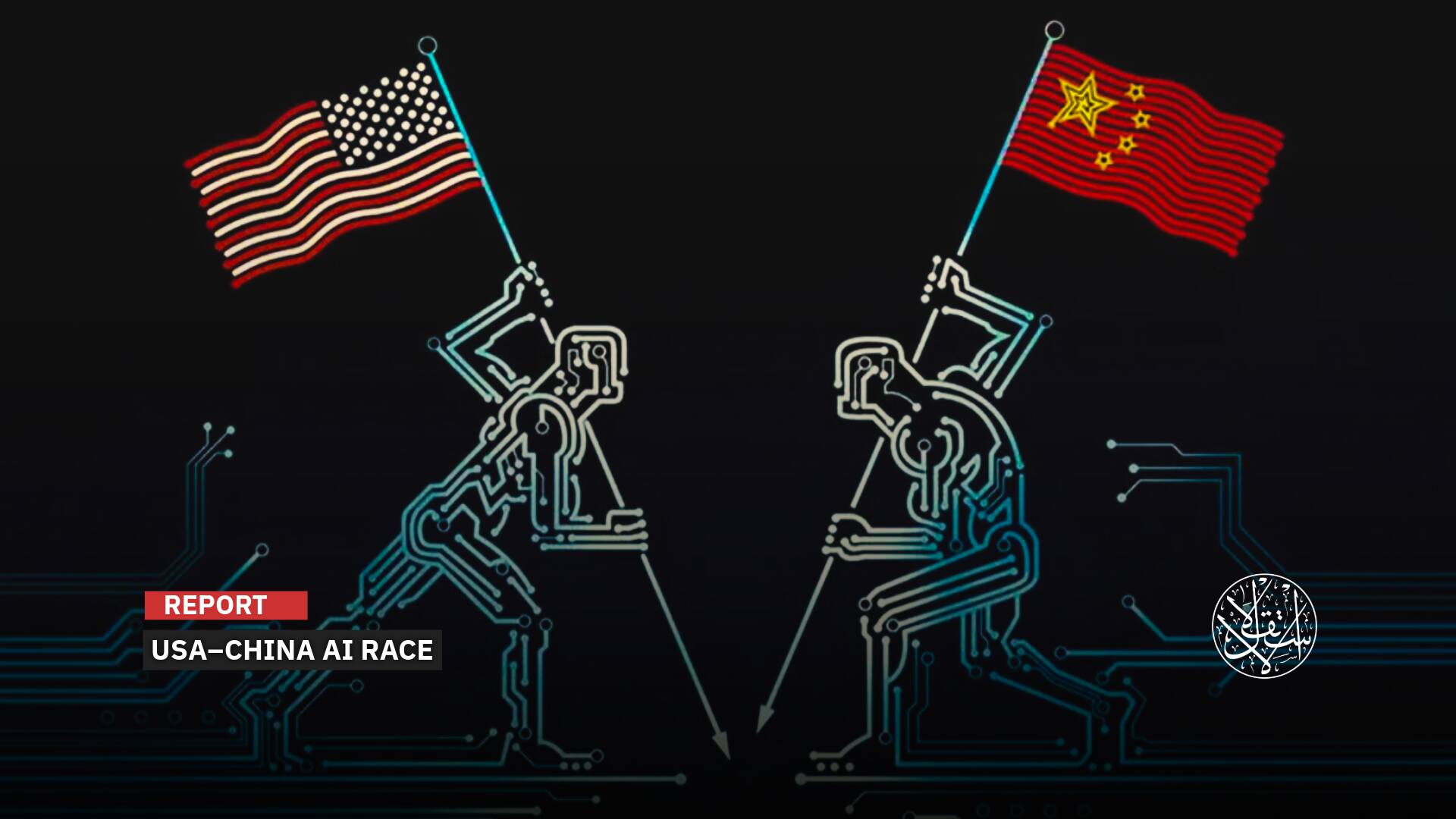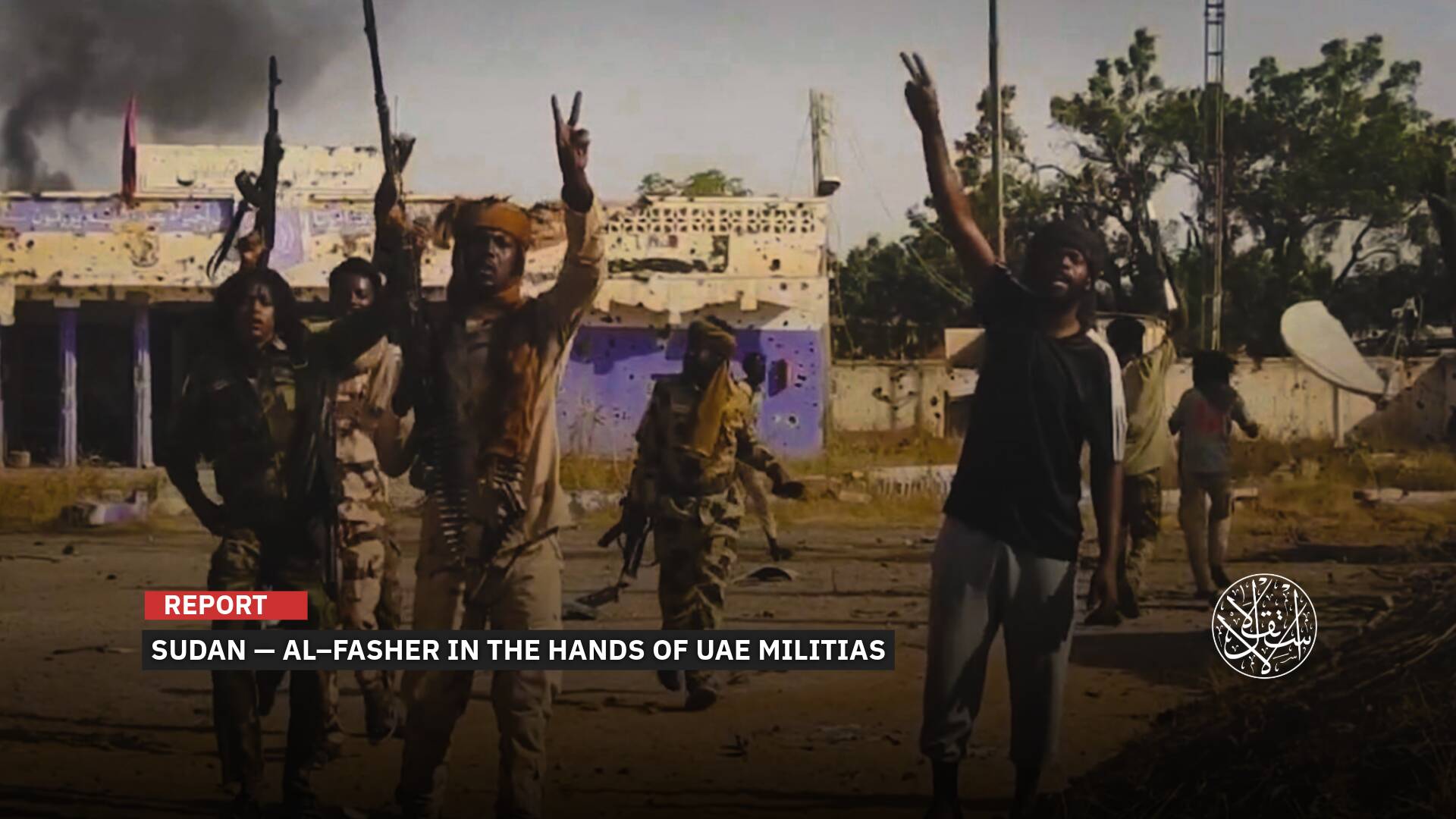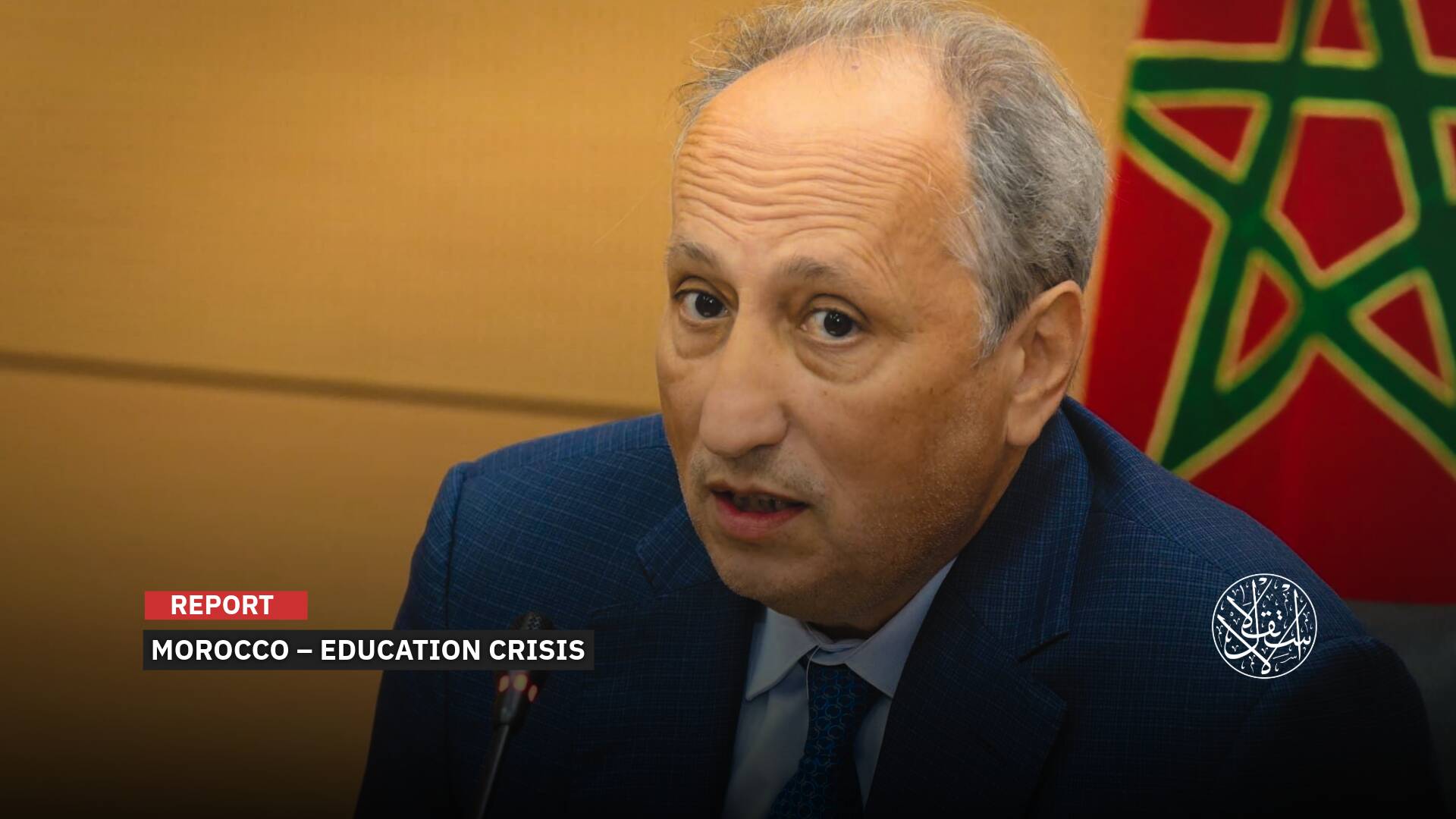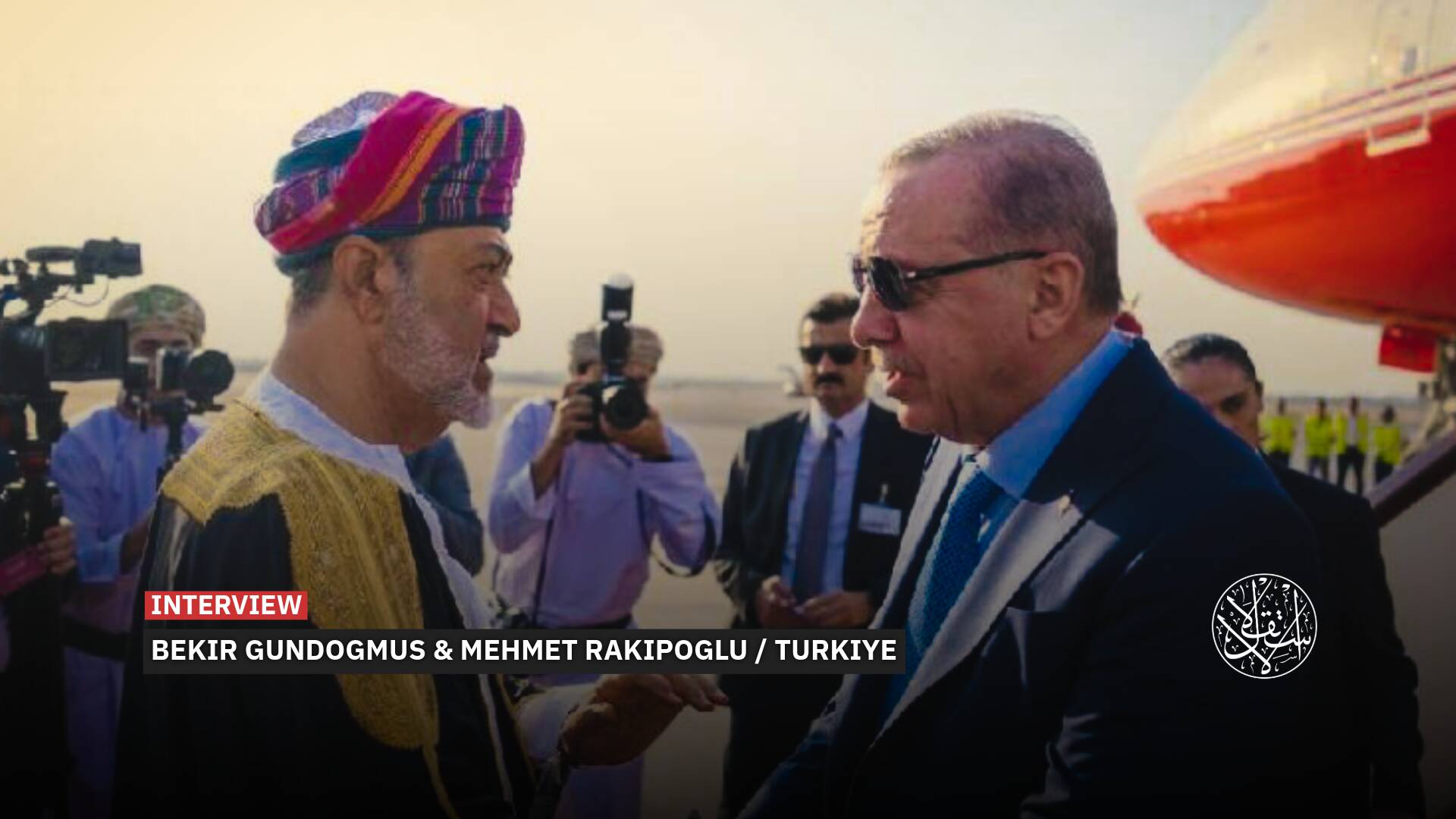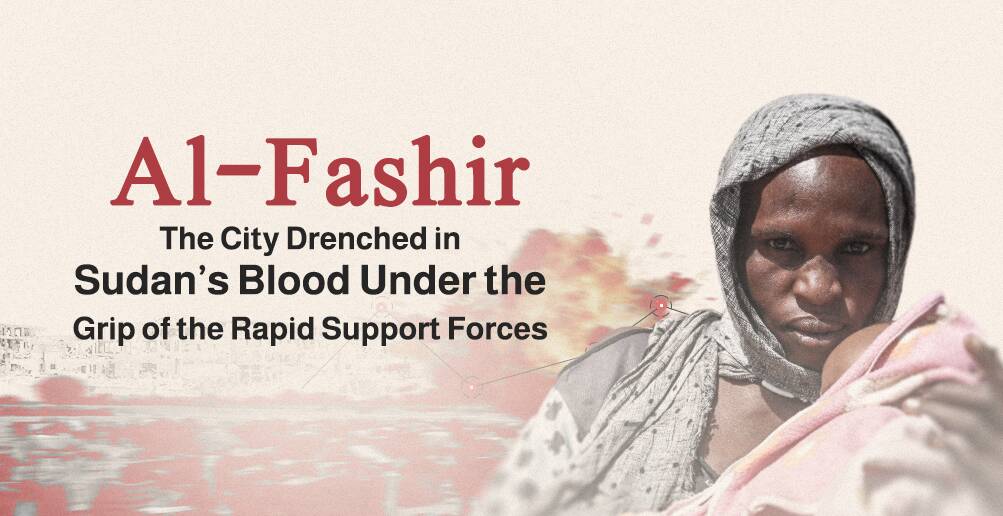Four Messages and Many Alternatives — Why Did Hamas Publish the Israeli Soldier’s Video Now?

A few hours after the inauguration of the new Chief of Staff of the Israeli Army, Herzi Halevi, al-Qassam Brigades, the military wing of the Islamic Resistance Movement, Hamas, published, for the first time in 9 years, a video of the abducted soldier, Avera Mengistu.
Al-Qassam published a video on January 16, 2023, in which the Israeli prisoner, Mengistu, appears speaking directly to his government and demanding his rescue.
Hamas keeps two Israeli soldiers, Oron Shaul and Hadar Goldin, in Gaza, after kidnapping them in the summer war of 2014, while “Israel” says they were killed and the movement is keeping their bodies.
Al-Qassam also abducted Israeli Avera Mengistu and Hisham al-Sayed, after they entered the Gaza Strip under mysterious circumstances in September and December of the same year.
There were many questions about al-Qassam’s intention to publish the video of the captive in light of the freezing of the prisoner exchange deal, but observers unanimously agreed that its aim was to pressure and confuse the Israeli Occupation.
The message of pressure on the occupation leaders bore fruit immediately after the video was published. There was internal criticism of the government of Benjamin Netanyahu, who was forced to issue a statement to his office confirming that “Israel” exerted “all its resources and efforts to return its imprisoned and missing sons to the homeland.”
The timing of the Israeli captive’s video, at a time when Israeli society suffers from great religious and social division and increasing fragmentation, was apparently precisely targeted to take advantage of the Israeli internal crisis.
Before Mengistu, al-Qassam published, in 2022, a video showing deterioration in Hisham al-Sayed’s health without further details.
Videos to Replace Missiles
It became clear that Hamas chose to bomb “Israel” at this stage with “videos” instead of missiles, as long as it had the same effect on the confusion of Israeli society; perhaps, the file of prisoners is on the table again, according to Israeli analysts.
By the end of 2022, the report of the Palestinian Prisoners Affairs Institutions stated that the number of prisoners still in prison reached 4,700, including 29 female prisoners, 150 boys and girls, approximately 850 administrative detainees, 15 journalists, and five deputies in the Palestinian Legislative Council.
On December 27, 2022, Israeli security sources confirmed to the Hebrew newspaper, Yedioth Ahronoth, that prisoner exchange talks are underway with Hamas.
The sources indicated that “Israel” would release a number of the movement’s detainees and transfer them to Jordan, while other sources denied this.
It is possible to talk about a series of messages transmitted by al-Qassam to the Israeli Occupation through published videos. It can be said that the matter was not arbitrary. However, observers expected the negotiations would not reach full potential due to the presence of a Zionist fascist movement that rejects any negotiation or exchange of prisoners.
Amos Harel, a military analyst for the Hebrew newspaper Haaretz, said on January 17, 2023, “Israel’s margin of maneuver has shrunk after the video was published.”
He indicated that Hamas now prefers bombing “Israel” with videos over missiles, as long as it has the same effect.

He stressed that “Hamas wants to move the negotiations through psychological warfare, and Israel is trying not to play according to its rules.” Even “governmental political sources” called on the Israeli media not to be fooled by the movement’s games (goals).
He saw that the video had already affected the stagnant waters in “Israel” and embarrassed the leadership. The Israeli Occupation made great efforts to deny that the captive was an Israeli soldier, according to Harel.
Mengistu’s calls for his release were an embarrassment to Benjamin Netanyahu’s government.
This is the general message sent by Hamas: The Israeli Occupation “does not care about its soldiers or its citizens,” with attempts to “destroy” the trust between them.
Racism and Failure
Al-Qassam, the military wing of Hamas, was keen to transmit an initial “challenge message” via video confirming the failure of the outgoing Chief of Staff Aviv Kochavi and the Israeli army to solve the issue of the captured soldiers, and his lie to his people and government with alleged and delusional achievements.
Hamas released the video on the day Herzi Halevi took office, as if it warned him to prepare himself to bear the burdens of this failure, and this was its first message.
The movement wrote at the beginning of the video, saying: “We affirm the failure of the outgoing Chief of Staff, Kochavi and his institution, and his lies to his people and government.”
It added: “The next Chief of Staff, Halevi, must be prepared to bear the burden of this failure and its consequences.”
The importance of this challenging message is that the Hebrew media praises Halevi’s assumption of his position as the new Chief of Staff and his capabilities and great experience, especially with the appointment of a new army minister, Yoav Gallant, who was the commander of the Gaza Division during the aggression on the besieged Strip in 2009.
Therefore, al-Qassam’s video seemed to be directed against the intense media coverage to present Kochavi’s good image.
The outgoing Chief of Staff aimed to say, behind the campaign to glorify his achievements while leaving office, that he was successful and was able to “break” Gaza and Iran and that he is a superhero.
But the Qassam Brigades slapped him with the message of the “Israeli prisoner” video featuring his failure to save his soldiers, according to observers.
The second message of the Hamas video is that Mengistu is alive and well, and that all Israeli claims that he is mentally ill or injured are false and aim to evade their exchange as prisoners because they are not white Jews but rather Africans and Bedouins (like Mengistu and Hisham al-Sayed).
Hence, “they [the Israelis] must move quickly to release him and the others,” political science professor Hossam al-Dajani confirmed to The Media Line on January 18, 2023.
He indicated that “Hamas wanted to show the Israelis that there is blatant racial discrimination, not only in the political administration but even within the military institution itself, as evidenced by the Israeli lack of interest in capturing a soldier of Ethiopian origin and another of Arab Bedouin origin.”
He pointed out that the aim of the video was to tell the new Israeli army commander that he should make the return of Israeli prisoners from Gaza a top priority.
The video also shed light on racial discrimination in “Israel” after their refusal to deal seriously with Israeli prisoners of African and Arab roots, according to the website.
Mengistu indirectly exposed the racial division in Israeli society when he said in the video: “How long will I and my comrades remain here in captivity after all these years of suffering and pain? Where is the state and people of Israel from our fate?”
Exploitation of Differences
It seems that one of al-Qassam’s messages to the Israeli Occupation is to fuel raging disputes between the divided Israelis since the takeover of a fascist, religious right-wing government, and to also fuel the conflict between the Zionists, as a third message.
The biggest challenge facing the new Chief of Staff is to prevent the army from disintegrating under the many political pressures, which he stressed in his speech assuming his duties.
This was expressed by Yedioth Ahronoth newspaper, January 17, 2023, by confirming that Herzi Halevi has three main tasks: “preparing the army for the next war, the Iranian nuclear file, and the Palestinian as well.”
Above all is a fourth, more dangerous file, “which is a new and unusual challenge: to prevent the army from disintegrating under the many political pressures,” according to the newspaper.
In light of the accusations of former army commanders against the ministers of religious Zionism, Bezalel Smotrich and Itamar Ben Gvir, that they seek to destroy the army through their interference in its internal affairs, the Hamas video came to agitate the Israeli fire.
During Halevi’s inauguration, the centers of power in the new government were in clear conflict. Netanyahu did not mention any of Kochavi’s achievements other than the battle of “Seif al-Quds” in 2021, which the former chief of staff himself neglected.

Israeli society suffers from a major religious and social division, and an increasing fragmentation of positions, to the extent that it is not clear whether there is a common Israeli base on matters of principle.
This was revealed by the results of a poll released by the Israeli Institute for Democracy on January 15, 2023. The poll featured a sharp division among Israelis and their lack of confidence in their military, political and judicial institutions.
Colonel (res.) Moshe Tal, former commissioner for prisoners and missing persons in the Israeli army, hinted at that by saying: “I am convinced today that if our prisoners were not of Ethiopian and Arab origin, there would be more attention to them here.”
The fourth message is that it was noticeable in the video, that the captive was repeating the same sentence: “Me and my comrades.”
This means that there is more than one Israeli prisoner alive in Hamas, not just one or two.
The official Israeli narrative has been revolving around the claim that Hamas has “two bodies” of two white Jewish soldiers, and two others alive, one of whom is the Ethiopian Mengistu and the Arab Bedouin Hisham al-Sayed, so the Israeli government was lazy, for racist reasons, about the exchange deal.
“My comrades”, which meant more than one other, appears as an implicit message from Hamas that the two soldiers, whom “Israel” says were killed, are “alive”, or at least one of them, which means opening the way for increasing the pressure of the families of the soldiers.
Political analyst Ibrahim al-Madhoun says that Hamas’s keenness to show that the Israeli army’s story about Mengistu’s case is false, means that it is also lying about the story of the two soldiers that “Israel” said were dead.
He believes that al-Qassam’s new message “will make a real impact in the corridors of the Israeli decision,” according to what was published in the London newspaper, Rai al-Youm, on January 17, 2023.
The most prominent reason for the Israeli refusal to conclude a prisoner exchange deal is that it realizes that those who will be released will later work against the Israeli Occupation, as happened in previous deals, the latest of which was the soldier Gilad Shalit deal, according to which more than a thousand Palestinian prisoners were released in 2011 and was known as the “Wafa al-Ahrar” (Faithful to the free) deal.
The former Prime Minister, Yair Lapid, admitted on January 17, 2023 that “the Shalit deal concluded by the previous Netanyahu government had very great security risks because it led to the release of prisoners who later moved against Israel.”
On December 14, 2022, al-Qassam said it will give “Israel” a short time for the second Wafa al-Ahrar deal, and then, the file of the Israeli prisoners will be closed forever.
However, Hebrew Channel 13 said on January 17 that “Israel is not ready to repeat the Shalit deal and will not release Palestinians who were involved in killing Israelis because of two prisoners who crossed the border into Gaza of their own free will and in exchange for the bodies of two soldiers.”
Sources
- Al-Qassam hits “Halevi” and exposes the failure of “Kochavi” [Arabic]
- | Launching Videos, Not Rockets: Alleged Footage of Israeli Captive Shows Hamas' Hands Are Tied
- Hamas Video of Israeli Captive Is Attempt To Pressure Israel Toward Swap Deal
- Why did the Al-Qassam Brigades publish the video of the Israeli soldier at this time? What are its message and demands? [Arabic]


